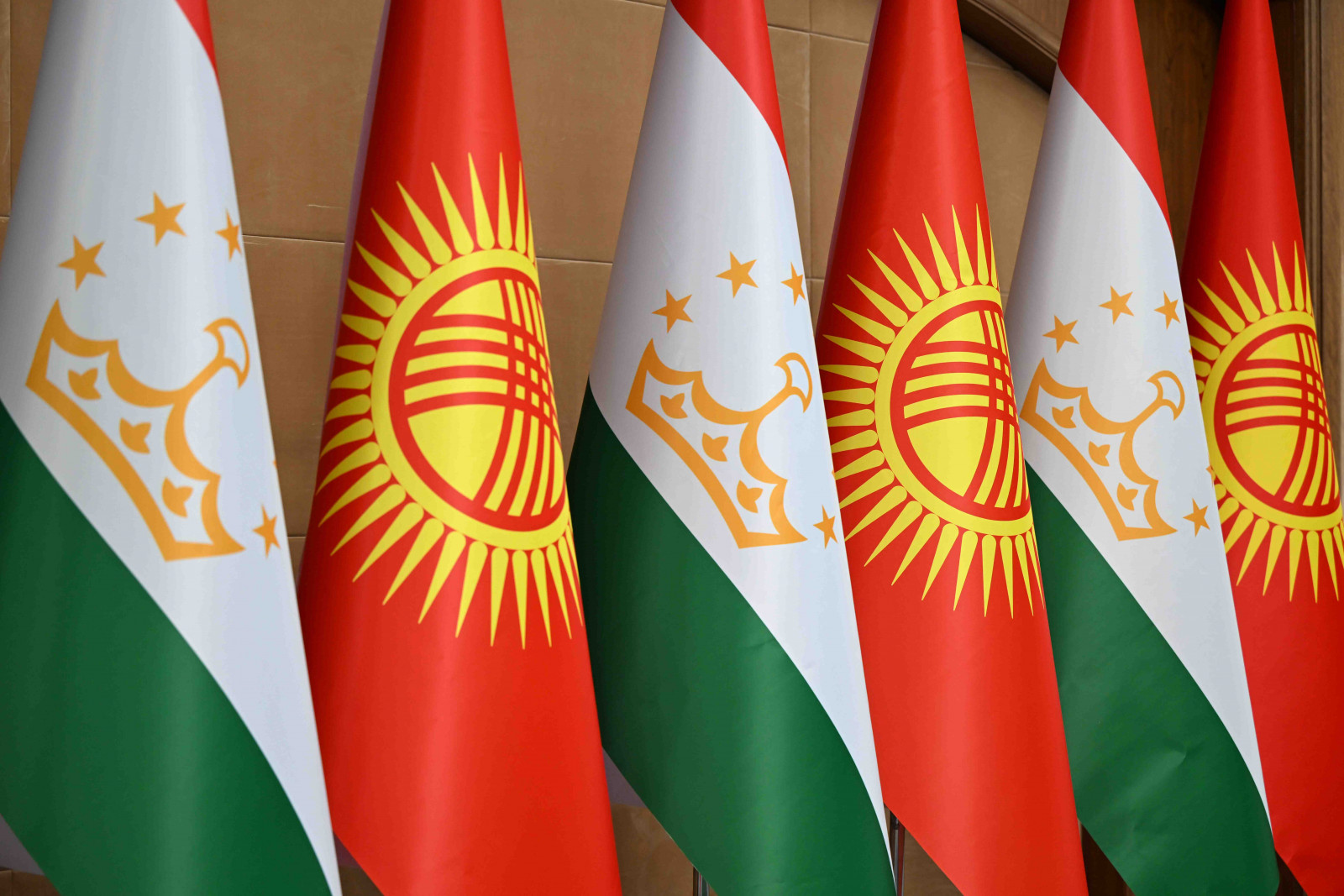BAKU, Azerbaijan, July 8. Relations between Kyrgyzstan and Tajikistan have taken a turn for the better over the past year, as not long ago, the two countries were in a state of confrontation, with border disputes sometimes boiling over into open conflict. However, both sides are now rolling up their sleeves and making real strides to mend fences and forge new connections, Trend reports.
At the invitation of Tajik President Emomali Rahmon, President of Kyrgyzstan Sadyr Zhaparov will pay a state visit to Dushanbe on July 8–9. This visit will mark a continuation of the constructive dialogue between the two nations. It will include talks with President Rahmon and meetings with the speaker of the parliament and the prime minister of Tajikistan. A Kyrgyz-Tajik economic and investment forum is also planned, along with the signing of new agreements. A cultural program will highlight the two countries’ desire to strengthen people-to-people connections.
A qualitatively new stage in bilateral relations began in 2025, symbolized by the signing of the Treaty on the State Border between Kyrgyzstan and Tajikistan on March 13 in Bishkek. This agreement finally put the nail in the coffin of decades-long disputes that hark back to Soviet times and marked a real turning point in bilateral relations.
“We have completed a task that our countries have worked on for decades. This is a fateful historical event,” Zhaparov said following talks with Rahmon.
The Tajik leader also pointed out that sorting out the border issue paves the way for a fresh start in the relationship between the two peoples.
The March 13 meeting in Bishkek was a real eye-opener, highlighting both sides' eagerness to roll up their sleeves and get down to brass tacks in deepening cooperation. A substantial package of documents was signed that day, covering a wide range of areas—from infrastructure and trade to youth policy and agriculture. Agreements included cooperation in road construction and operation, access to water management facilities, industrial development, and the implementation of new technologies.
Special attention was given to interregional cooperation, with approved programs between Osh Region and Gorno-Badakhshan Autonomous Region, and between Chon-Alai and Lakhsh districts. The establishment of sister city affiliations between Bishkek and Dushanbe underscores the strategic objective to enhance synergies not merely at the macro governance tier but also within the microcosm of local community engagement.
This all-encompassing method showcases a wider game plan for fostering deep-rooted, lasting partnerships.
“We share similar positions on key issues, and our commitment to good neighborliness and peace forms the foundation of our future actions,” Zhaparov said in a joint official statement.
Another step on the road to mending fences was the reopening of the skies. On March 14, the first passenger flight from Dushanbe in nearly four years touched down at Manas International Airport in Bishkek, marking a long-awaited return to the skies. Flights between Bishkek and Khujand were also launched. Air traffic had been suspended in May 2021 amid a border conflict.
Additionally, on March 31, the presidents of Kyrgyzstan, Tajikistan, and Uzbekistan — Sadyr Zhaparov, Emomali Rahmon, and Shavkat Mirziyoyev—met in the Tajik city of Khujand for the first-ever trilateral summit between the three countries. The meeting resulted in the signing of an agreement on the tri-junction point of the state borders—a matter under negotiation since 2007. The agreement covers the area where the borders of the three nations converge: Batken Region (Kyrgyzstan), Sughd Region (Tajikistan), and Fergana Region (Uzbekistan). The successful conclusion of this complex process underscores the growing level of regional cooperation and the willingness to resolve even the most sensitive issues.
High-level contact continues to play a key role in this rapprochement. From June 30 through July 1, Tajikistan’s Foreign Minister Sirojiddin Muhriddin paid an official visit to Bishkek. His meetings with President Zhaparov and Kyrgyz Foreign Minister Jeenbek Kulubaev covered a wide range of topics, including implementation of the March agreements, development of political, trade, and humanitarian ties, and cooperation within international organizations.
The two countries are really hitting it off when it comes to economic cooperation. As per the National Statistical Committee of Kyrgyzstan, the bilateral trade from January through April 2025 hit the ground running at $2.071 million, a far cry from the mere $405,000 raked in during the same stretch in 2024. Kyrgyz exports took off like a rocket, jumping 81-fold—from a mere $17,000 to a whopping $1.425 million—while imports climbed the ladder by 66 percent, rising from $387,000 to $646,000. Both sides are gearing up to boost trade turnover to a whopping $500 million in the not-so-distant future.
Both economies are exhibiting robust dynamism. Kyrgyzstan's gross domestic product experienced an impressive expansion of 12.3 percent during the January to May 2025 interval, whereas Tajikistan reported a notable 8.2 percent increase in GDP for the initial quarter of 2025. This positive economic trend provides a solid foundation for mutually beneficial cooperation, expanded trade and investment, and greater regional stability and prosperity. It also enables both nations to confidently pursue joint projects and strengthen their partnership.
In this way, Kyrgyzstan and Tajikistan are demonstrating how even the most acute disagreements can be overcome. The writing is on the wall: the two neighboring countries are turning over a new leaf—with open borders, a flourishing trade, direct flights, and trust that’s on the rise. This is not just a feather in the cap for bilateral diplomacy, but also a crucial piece of the puzzle for stability across Central Asia.







